Laser Hair Removal: Benefits, Risks, and What You Need to Know

Hello, I'm Dr. Lee Jong-jin from Ceramique Clinic.
Many people considering laser hair removal often wonder: "Which device will give me the best results?" or "Will the latest equipment (e.g., GentleMax Pro Plus) guarantee perfect results?"
These are common and valid concerns.
A quick search online reveals a flood of promotional material emphasizing impressive device specifications.
However, a deeper dive also reveals a fair share of potential side effects.
While serious side effects from laser hair removal are uncommon, they often stem from overlooking two crucial factors before the procedure.
If you're seriously considering this treatment, please take a moment to read on.
1. Pros and Cons of Laser Hair Removal
Laser hair removal systems like the GentleMax Pro Plus offer convenience by targeting both thick, dark hairs and fine hairs simultaneously.
However, despite these advantages, all procedures have limitations and potential side effects that must be considered.
2. Common Side Effects
People who have undergone laser hair removal often describe the experience as 'painful' or 'hot.'
This is because the laser light is absorbed by the melanin in the hair, converting it into intense heat energy.
This heat not only destroys the hair follicle but also irritates the skin surface and surrounding nerves.
The more effectively the laser targets the hair follicle, the greater the heat generated, and consequently, the more intense the pain.
Areas with thick, dense hair tend to absorb more heat, leading to increased discomfort.
To mitigate these physical limitations, the GentleMax Pro Plus incorporates a DCD™ cooling system.
This system sprays a cryogenic cooling gas onto the skin surface immediately before the laser pulse, rapidly cooling the epidermis.
This protective barrier safeguards the skin during the procedure, allowing the laser energy to reach the hair follicle unimpeded.
So, are there no side effects?
In short, no.
No medical procedure is 100% safe.
While safety has improved, laser hair removal still involves using heat to destroy hair follicles.
The most common reactions are temporary redness or mild folliculitis.
However, we must be wary of more serious side effects like pigmentation changes or blistering.
These often arise from a failure to properly assess the difference between skin tone and hair melanin levels.
For example, when treating individuals with darker skin tones or tanned skin, it's common practice to use a 1064nm wavelength to minimize melanin absorption in the epidermis.
However, if the pulse duration isn't precisely controlled and the energy is excessively increased, the heat intended for the hair root can linger on the skin's surface.
If the energy intensity is increased solely for the sake of 'effectiveness' without careful calibration, the heat can accumulate in the epidermis instead of the hair follicle, potentially causing burns or permanent pigmentation.
Therefore, to avoid side effects and achieve the desired results,
both the practitioner's skill and the patient's informed decision-making are crucial.
There's another essential piece of knowledge that many overlook:
Hair Growth Cycle
Hair goes through three phases: anagen (growth), catagen (transitional), and telogen (resting). Laser can only destroy hair follicles during the active growth phase (anagen).
Understanding this natural cycle and undergoing consistent treatments approximately every 4-6 weeks is essential to target all hair follicles sequentially.
In conclusion, laser hair removal should not be a decision made lightly.
I recommend consulting with an experienced practitioner and thoroughly discussing realistic outcomes, including potential side effects, before proceeding.
I hope the information I've provided today will serve as a helpful guide in your decision-making process.
If you have time, reviewing other related medical articles can also be beneficial.

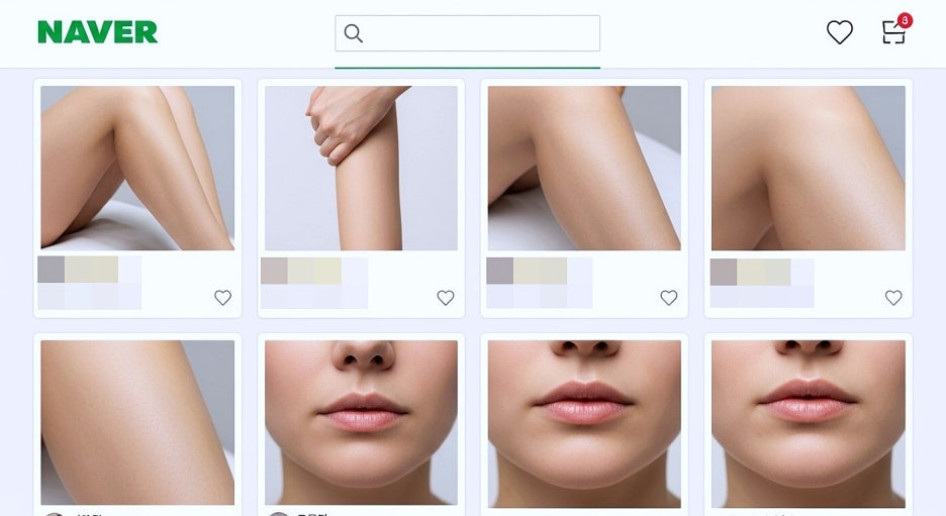
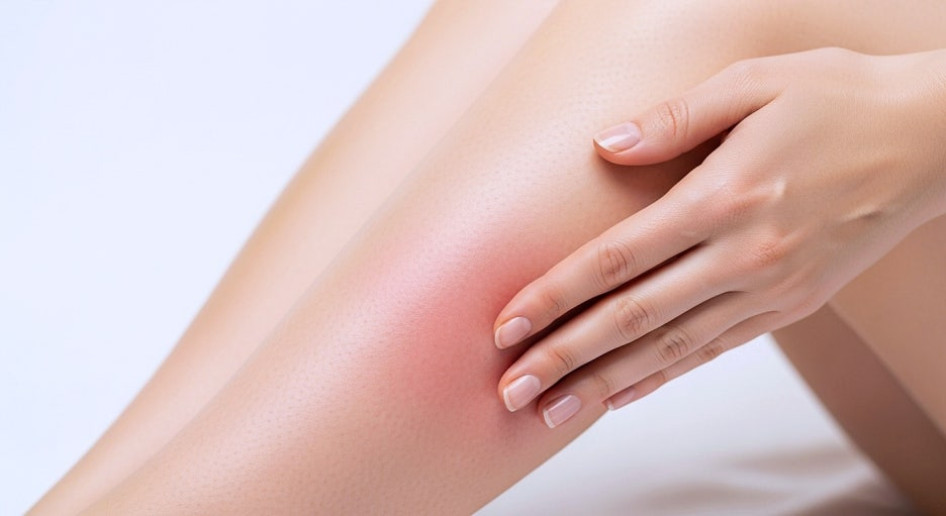
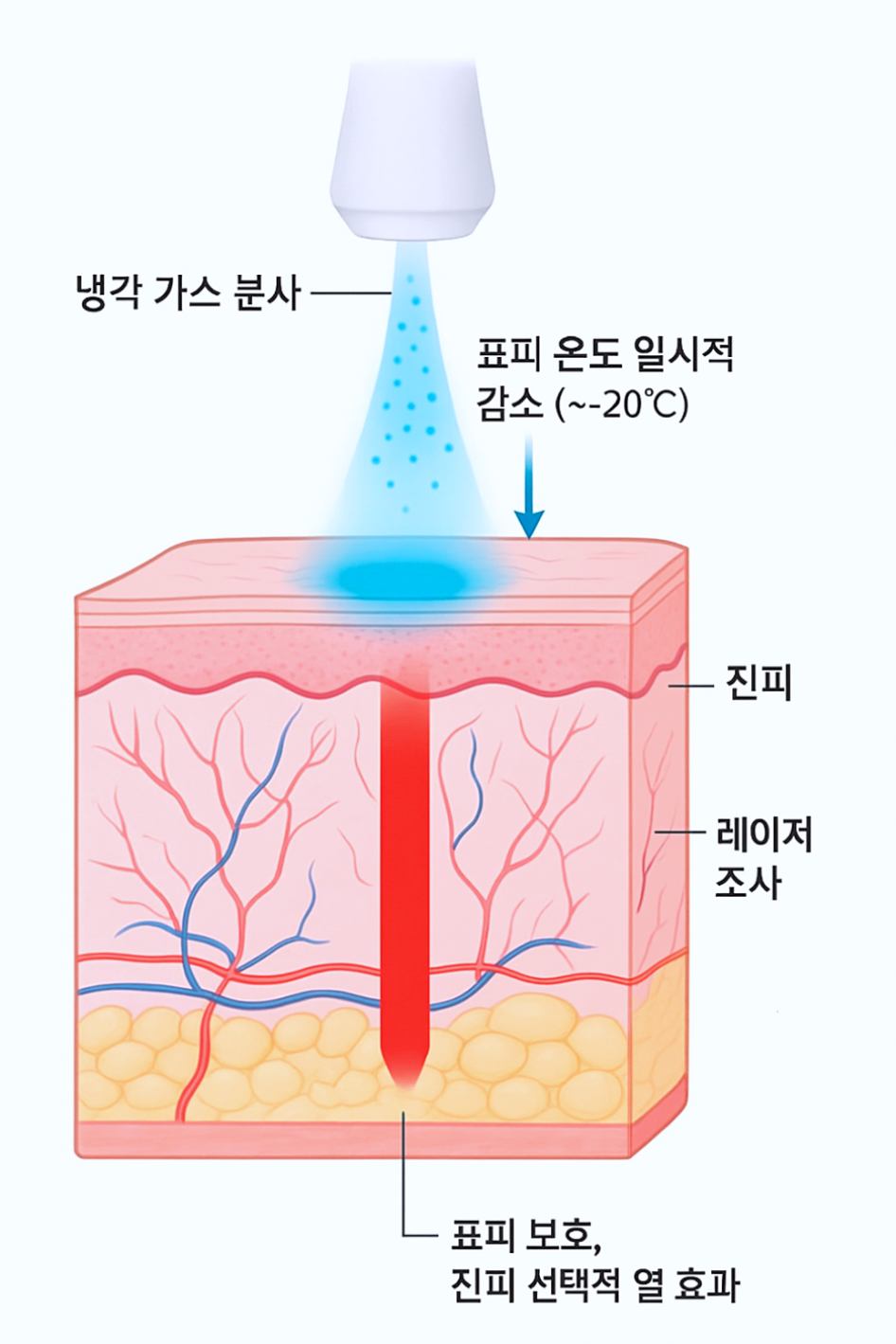


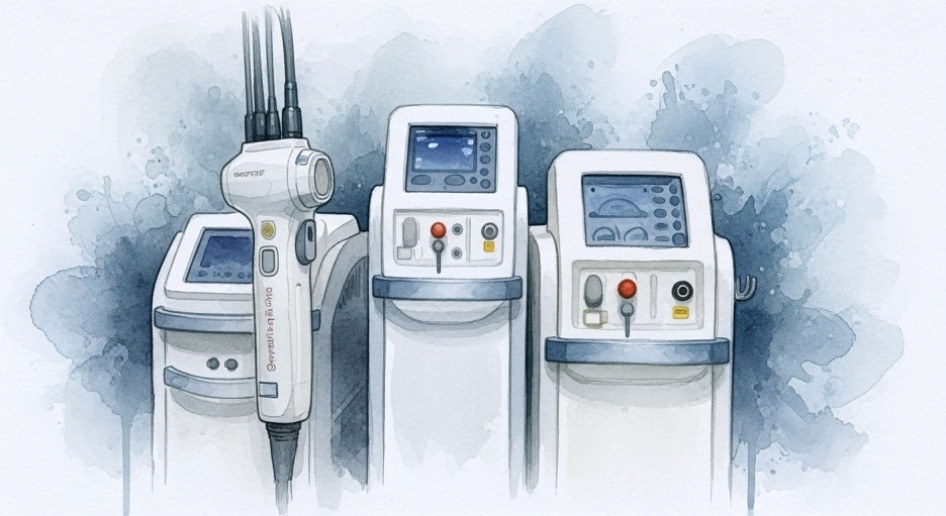

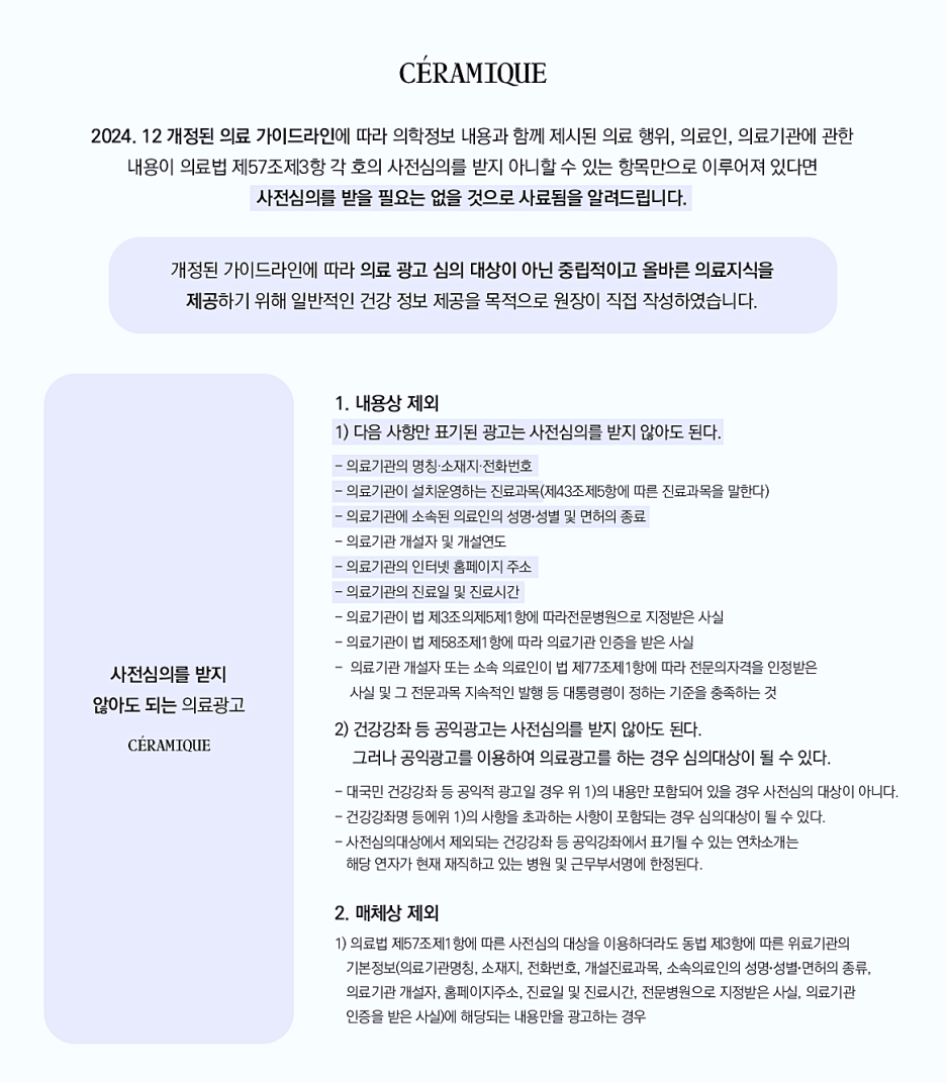

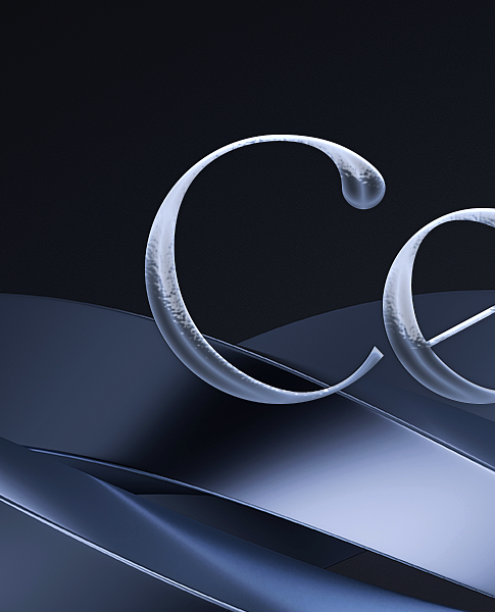

































Source :https://blog.naver.com/best_sseul/224060071322
No comments yet.
